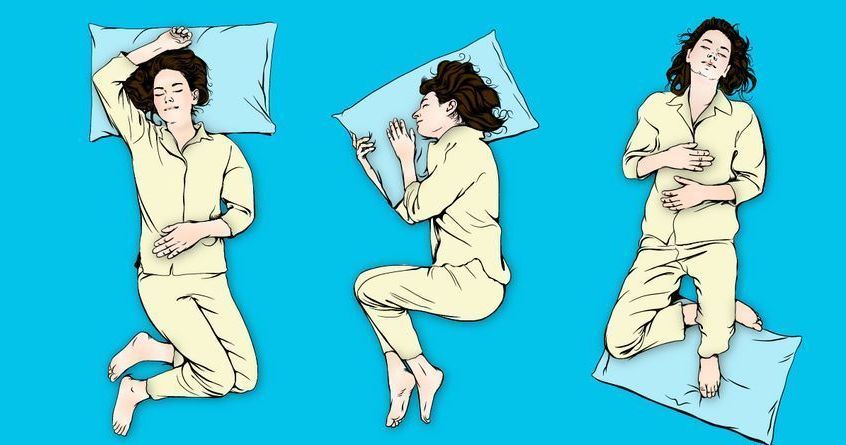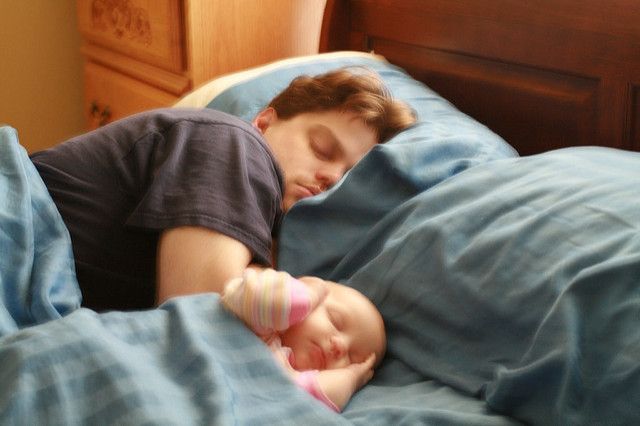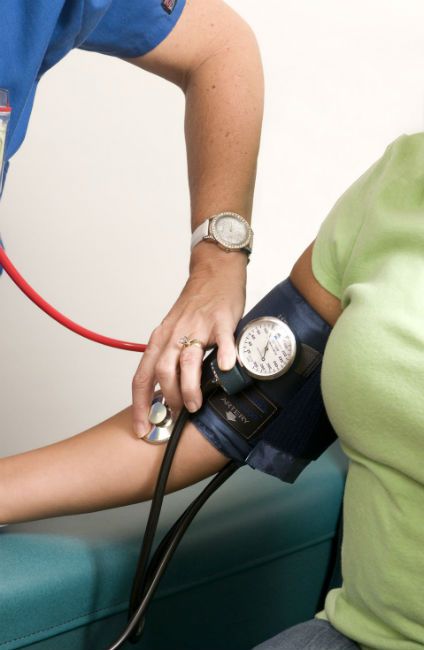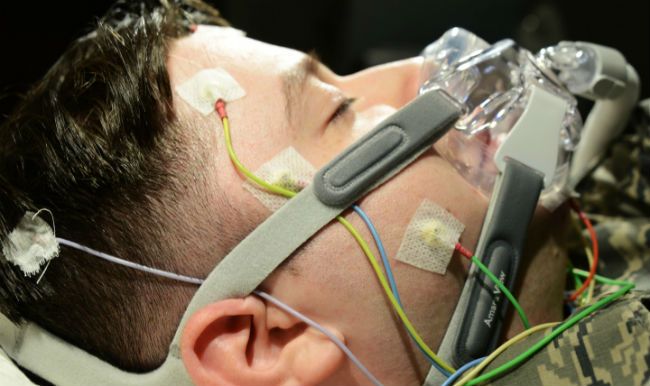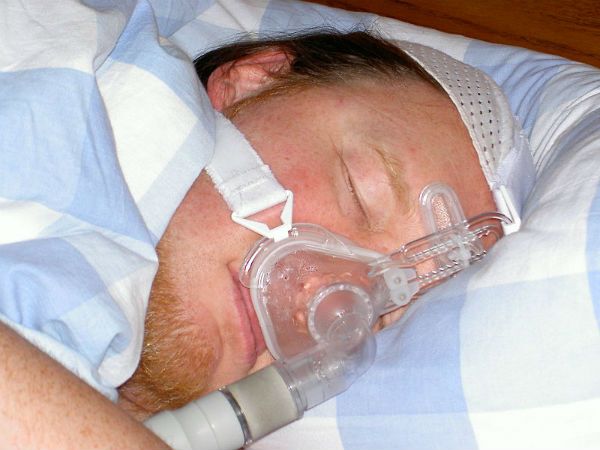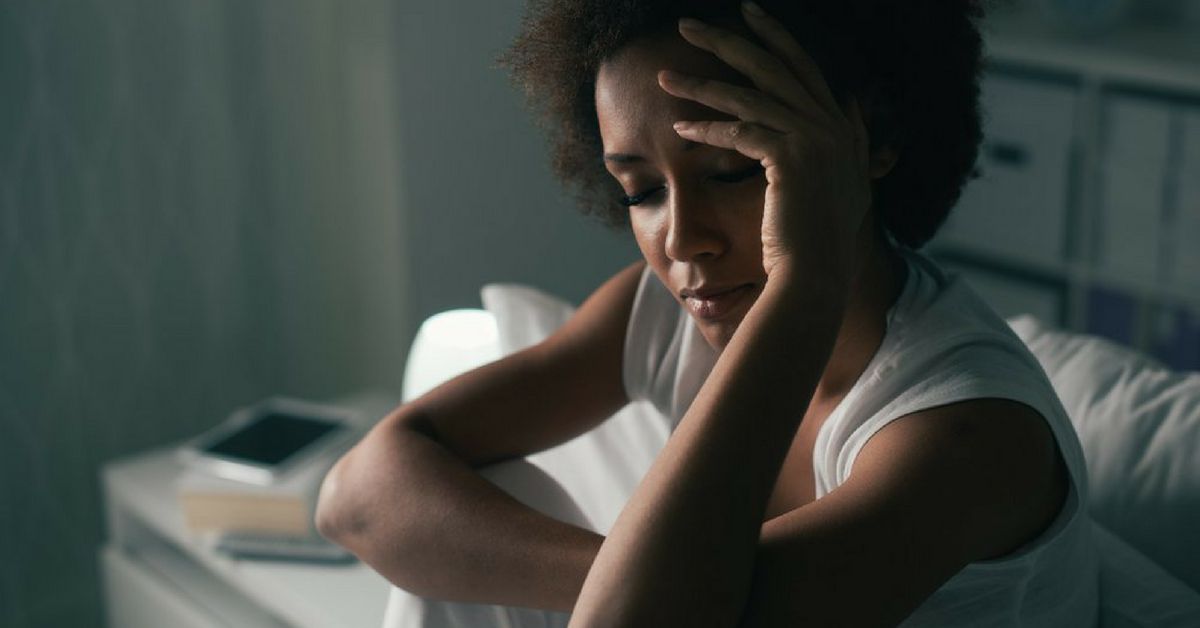It's the middle of the night and you wake with a start, shooting up in bed.
But you have no idea why or what it means. You try to go back to sleep, but the unsettling feeling that something is wrong won't go away.
It sounds like a horror story or a bad dream, but it's a reality for patients living with sleep apnea.
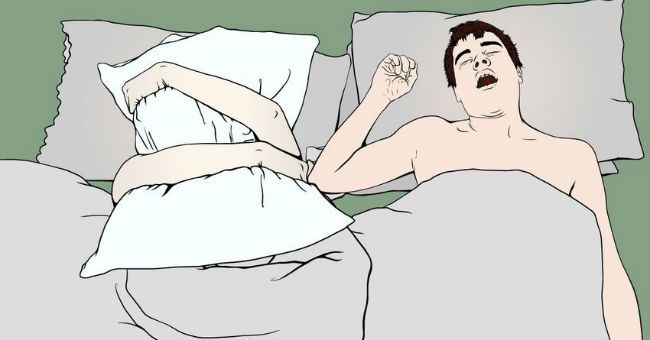
This chronic condition affects an estimated 30 million people in the U.S. - but most of them are not diagnosed.
And that's a problem, because the effects of sleep apnea are more dangerous than most people realize.
What is sleep apnea?
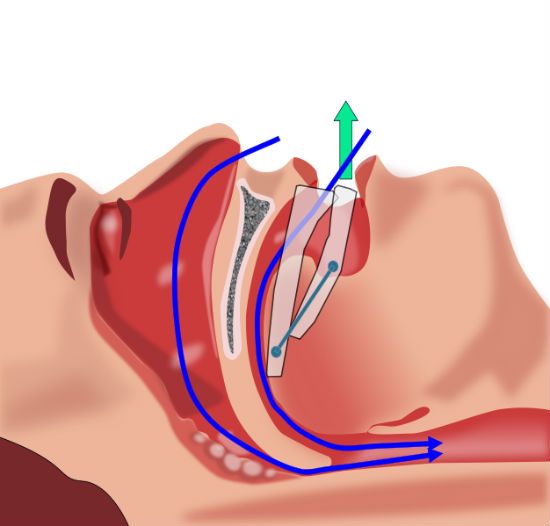
When you experience sleep apnea, your sleeping body is not getting enough air. You actually stop breathing for a short amount of time, then usually gasp or draw in air noisily.
Most cases of sleep apnea are caused when your airway shuts. During sleep, your muscles relax, including the muscles in your throat, which blocks air from your mouth.
This is the same bodily reaction that makes people snore, and sleep apnea patients are usually loud snorers.
Obviously, losing air while sleeping is dangerous. And some patients do die suddenly because of their sleep apnea, but these extreme cases are rare.
Mostly, sleep apnea patients wake up suddenly throughout the night as they struggle to breath in.
Losing sleep takes its toll on your body in other ways, too. Most sleep apnea patients experience high blood pressure and insulin resistance - both of which can lead to more serious conditions.
The most common complaint from sleep apnea patients is fatigue after a fitful night.
This is dangerous in its own way: sleep apnea patients experience a higher number of work-related and traffic accidents.
And, of course, if you share a bed with a partner the lazy snoring, gasping, and fitful sleep you experience can make them ticked off, passing the strain on to your relationship.
How can I tell if I have sleep apnea?
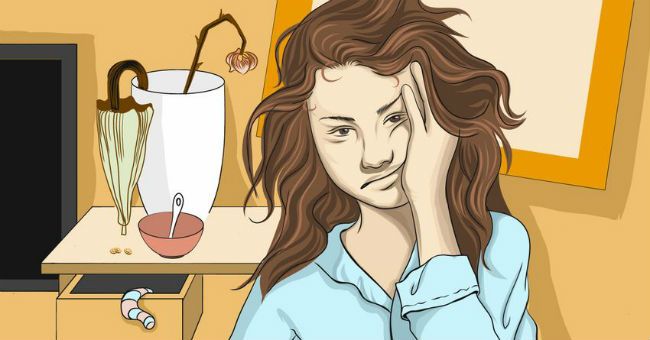
There are two kinds of sleep apnea with similar symptoms:
Obstructive apnea is caused by the blockage in your airway.
Central sleep apnea occurs when your brain is not communicating with your muscles during the sleep.
Some patients also experience a mixture of the two, called complex apnea.
Most people find out they have sleep apnea the hard way: they get nagged by their partner for snoring or rolling around in bed all night.

But if you can't rely on someone else to warn you, there are other ways to identify a case of sleep apnea:
- Waking up throughout the night
- Waking up in the morning with a dry mouth
- Waking up with a headache
- Hypersomnia (tiredness) during the day, even if you had several hours of sleep the night before
- Brain fog or trouble concentrating during the day
- Personality changes, including irritability
- Sexual dysfunction
Knowing the risk factors that make a patient more likely to develop sleep apnea is also important:
- Men experience sleep apnea almost three times more than women (14% of men compared to 5% of women)
- Having a naturally thick neck or narrow airway makes sleep apnea more likely
- Being older increases your chances of developing sleep apnea
- According to Sleep Apnea.org, 70% of patients with the condition are overweight, and losing weight can alleviate symptoms
- Using alcohol, sedatives, or tranquilizers can relax your throat and encourage sleep anea
- Smoking causes your airway to retain fluid, which encourages sleep apnea
- If your nasal passage is congested - because of allergies or other conditions - your risk of developing sleep apnea goes up
- Patients with heart disorders or a history of strokes have a higher risk of central sleep apnea specifically
To confirm that your symptoms are caused by sleep apnea, you'll need to visit a doctor and schedule a sleep test at a special clinic.
During the test, workers will track how many incidents of sleep apnea you experience in a night while tracking your vital signs.
What is the treatment for sleep apnea?
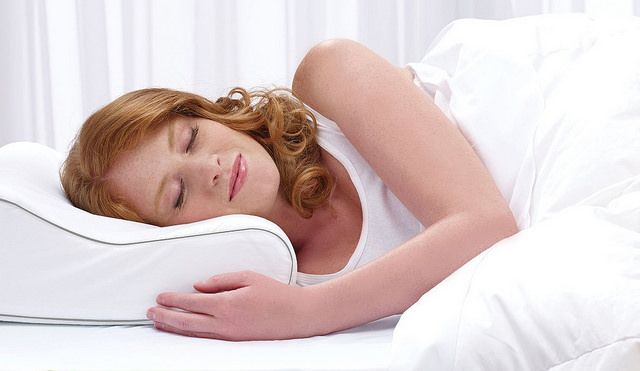
Once you have a diagnosis, the first steps to alleviating sleep apnea are usually lifestyle changes.
Losing weight and quitting smoking can improve airflow. But so will sleeping in a new position, or with the help of a special wedge pillow.
Your doctor may prescribe a mouth guard to widen your airway at night, or a Continuous Positive Air Pressure (CPAP) mask to keep your body supplied with oxygen.
Newer machines can also stimulate your airway during interrupted breathing to open it again.
If all else fails, surgeries can be used to permanently widen your airway.
Most cases of sleep apnea are not life threatening, but treating this condition will make a noticeable difference for your quality of life.
[H/T: Mayo Clinic, Sleep Foundation, Harvard Health]
